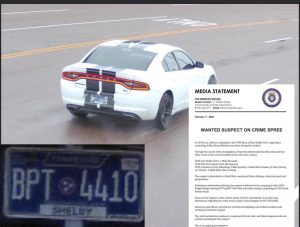Severe winter weather is approaching parts of the United States, and amid the approaching Winter Storm Elliot, FlightAware, the flight-tracking site, has reported that 1,000 flights that were scheduled for Thursday already stand cancelled.
The top three airports where these cancellations have been declared include Chicago’s O’Hare International Airport, Denver International and Chicago’s Midway International Airport.
Also Read| Winter Storm Elliott: Where is bomb cyclone going to hit?
According to the National Weather Service, winter alerts have been placed on more than 100 million people in the country. The Service’s Chicago branch has said that there is “significant threat to life for anyone stranded in the storm”.
Here are the cities that might experience severe winter weathers: Buffalo, Chicago, Cleveland, Detroit, Indianapolis, Kansas City, Milwaukee, Minneapolis-St. Paul, Nashville, Memphis, Little Rock, Omaha and St. Louis.
Also Read| Winter Storm Elliott: What is bomb cyclone?
The Upper Midwest is also expected to experience blizzards as the situation worsens. Blizzard warnings can also be issued for other parts of the Midwest as well as the Great Lakes.
By Thursday dawn, the temperature in places like Denver are expected to go below 10 degrees Fahrenheit. It is also expected that Chicago will be experiencing conditions pretty close to blizzards on the same day, and that the situation will continue well into Tuesday.
Also Read| 5 ways to avoid freezing weather during Bomb Cyclone
A number of carriers have already begun issuing winter waivers. It is advisable for travellers to check whether their flights are still scheduled before heading out for the airport.
What is a bomb cyclone?
A storm that experiences a rapid increase in intensity is often referred to as a bomb cyclone. The air pressure at the centre of these storms drops to around 24 millibars within 24 hours.
Along with such storms come extreme cold weather, blizzards, and precipitation. The term “bomb cyclone” was first used in the year 1980 in an edition of the Monthly Weather Review.






